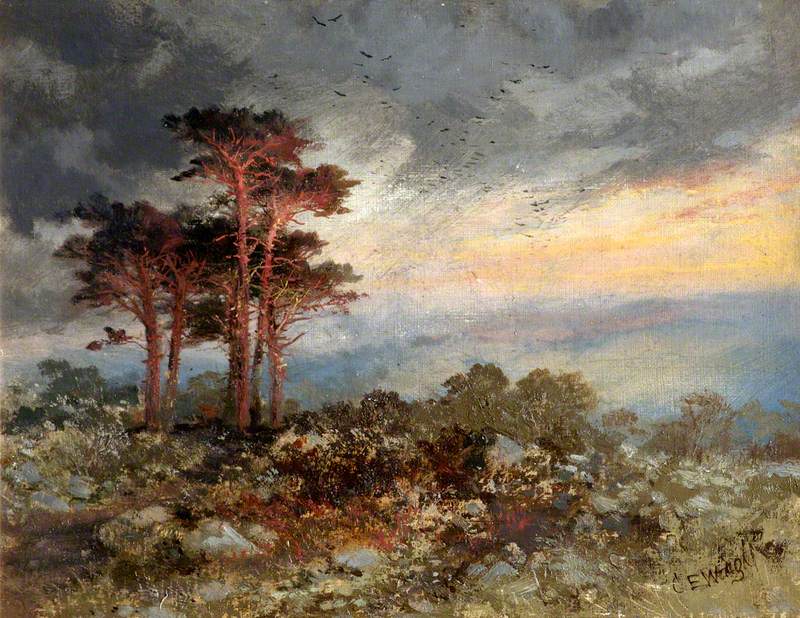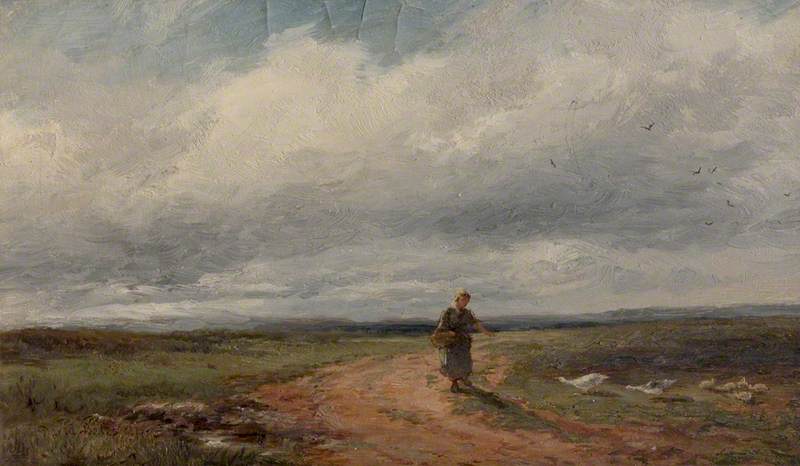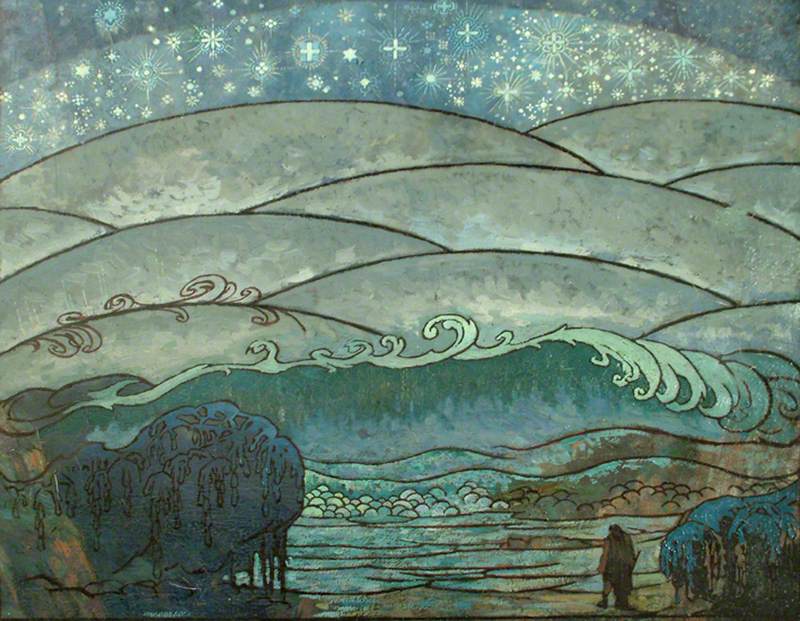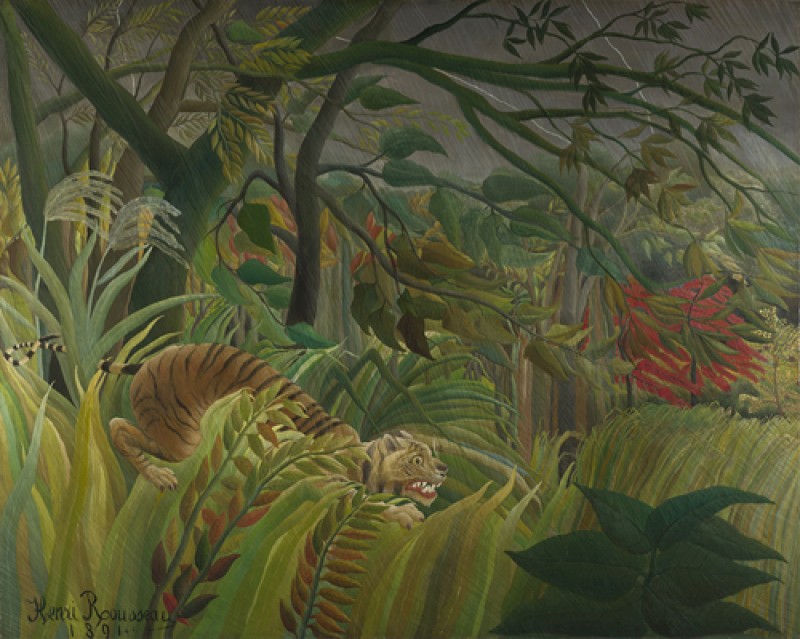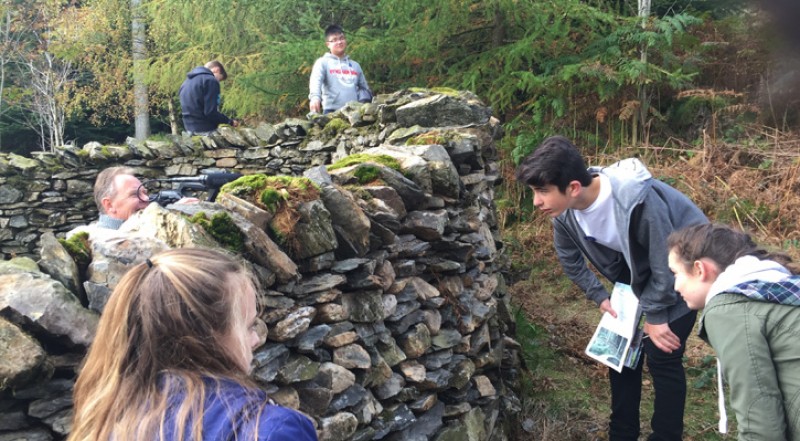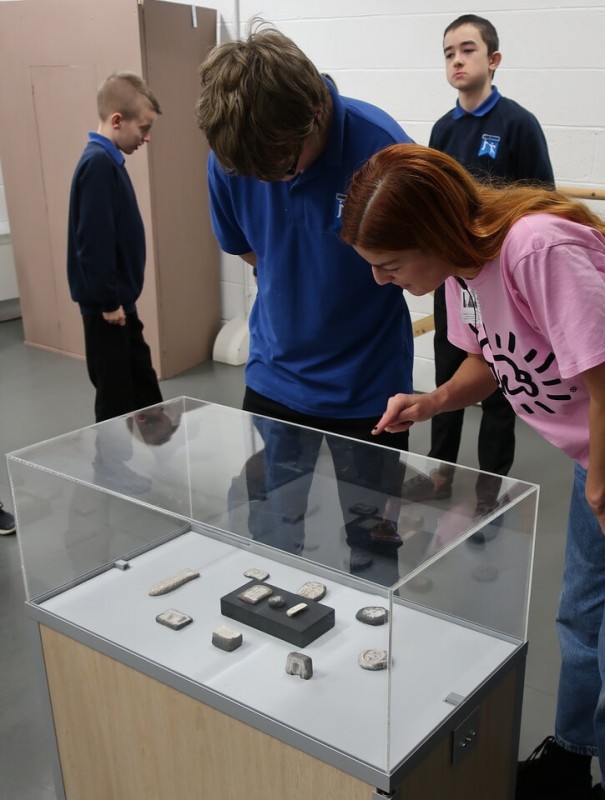
Before the Romantic movement in the late eighteenth century, wild places represented unwelcome danger, in contrast to the managed productivity of the countryside. To Salvator Rosa, perhaps the first painter to explore the artistic appeal of wild landscapes, they were the home of bandits and smugglers.
During the eighteenth century, wild places that looked good in paintings began to be explored in reality, and emotions of awe and even fear were valued for their own sake.

